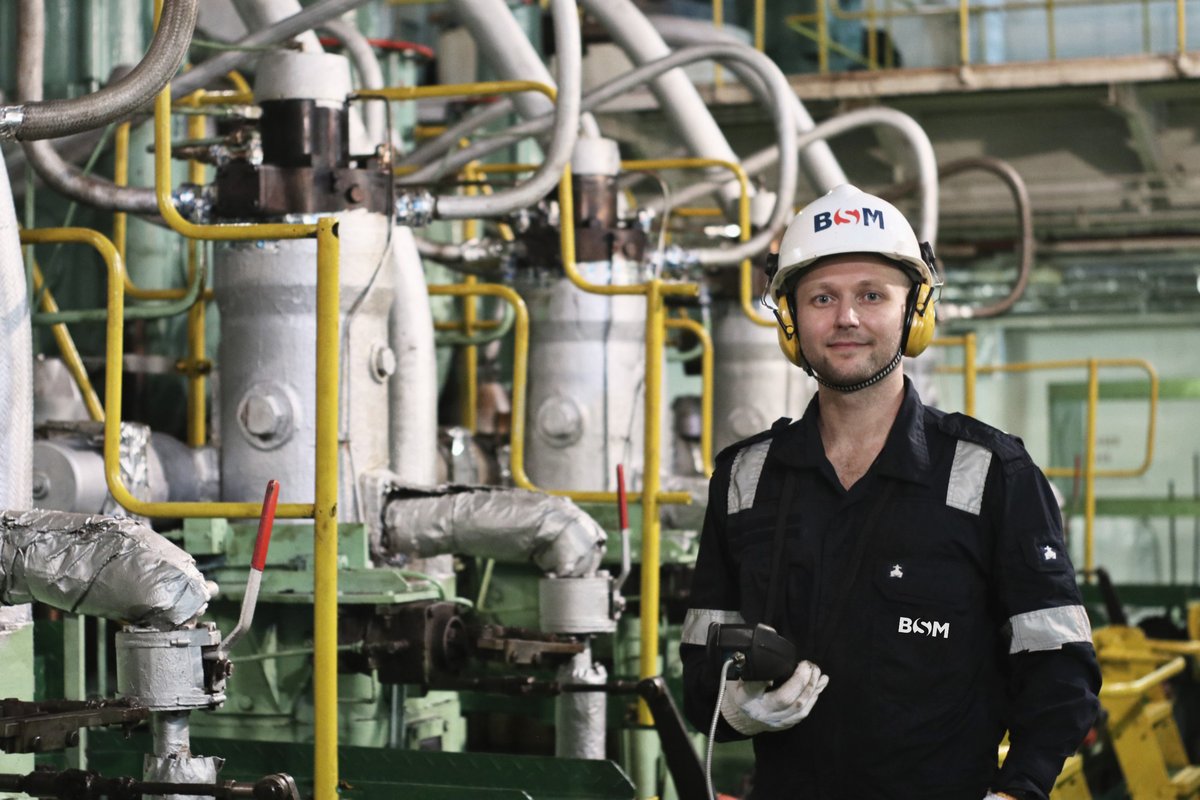Cost Saving of over USD 90,000 during Pilot Phase
By applying Condition Monitoring, in particular a vibration device for analysis and measurement, the project team achieved during the pilot phase for four vessels a total cost saving of over USD 90,000 for the ship owners, ending up charging merely USD 2,500 per year and vessel for the service. “This is a huge success,” says the project leader.
On a chemical and oil tanker, managed by BSM, a vibration analysis and measurement device by HAT Analytics was used for the first time as part of the condition monitoring process. For six consecutive months of measurements, the device indicated that the condition of monitored engine room vent fans, boiler FD fan, motors of major pumps and compressors, and main engine auxiliary blower was impeccable. The Technical Superintendent of the vessel, with the owner’s approval, decided to skip the opening and overhaul of this equipment, resulting in USD 35,000 of savings for the client.
In the case of another tanker, the vibration device had detected a problem with the main engine lube oil pump. The Chief Engineer followed up, opened the equipment, confirmed the problem, and managed to overhaul it in time. Ioannou confirms: “If we hadn’t identified the issue in time, it could have resulted in larger damage and higher maintenance costs. Acting timely saved our client USD 8,600.” In a similar case on another ship involving the defect of a fuel oil circulating pump of the main engine, a further USD 2,400 was saved.










